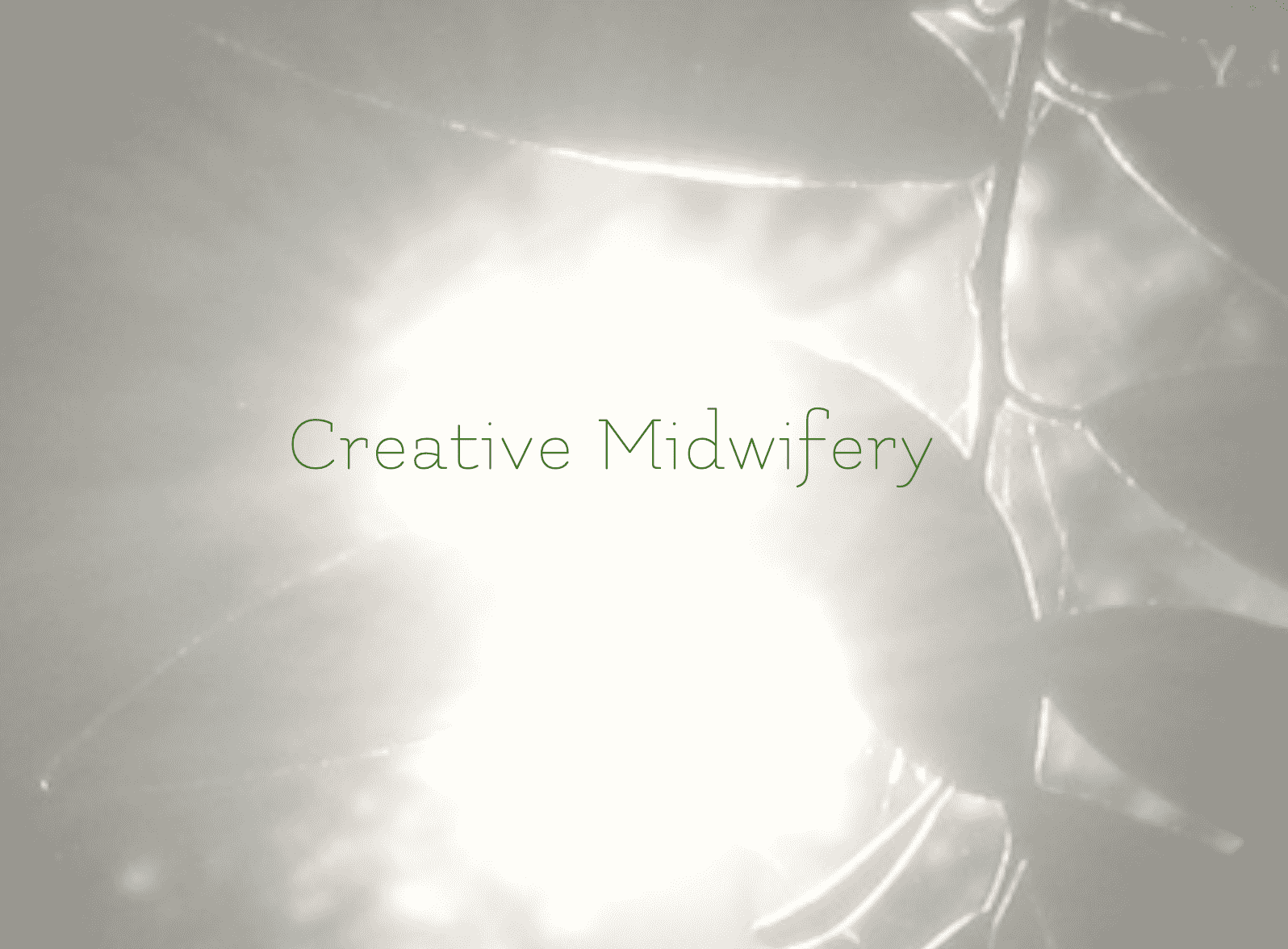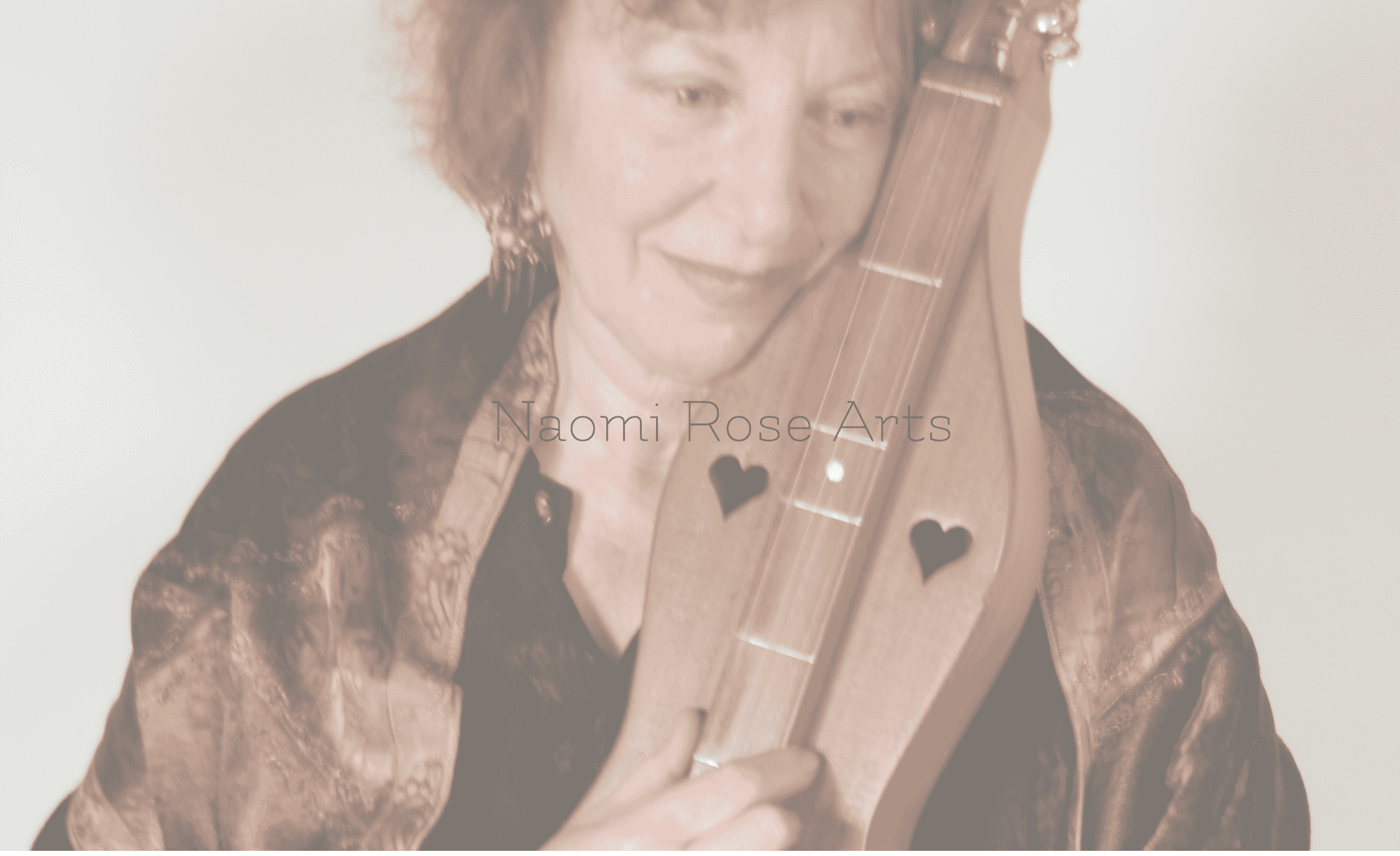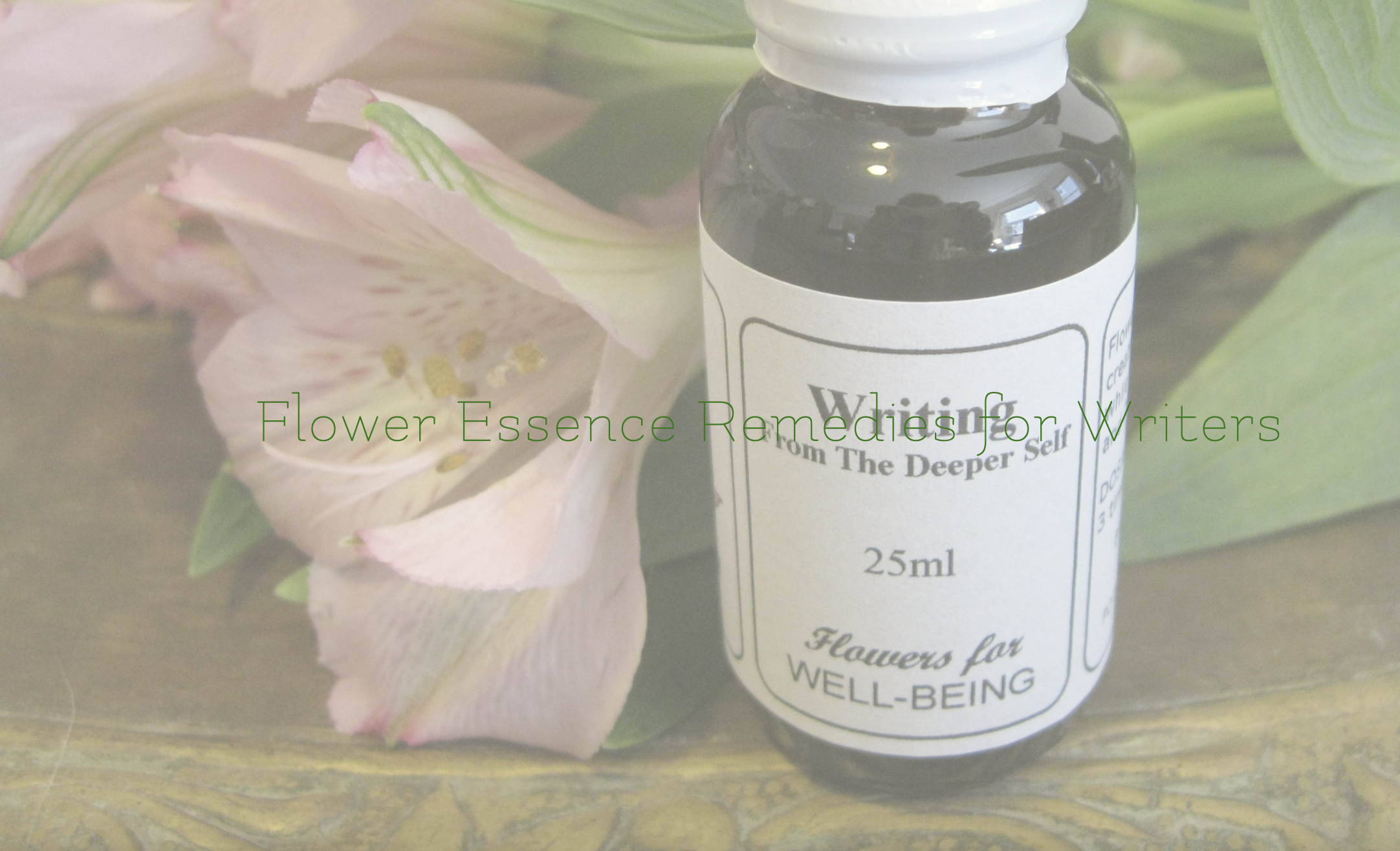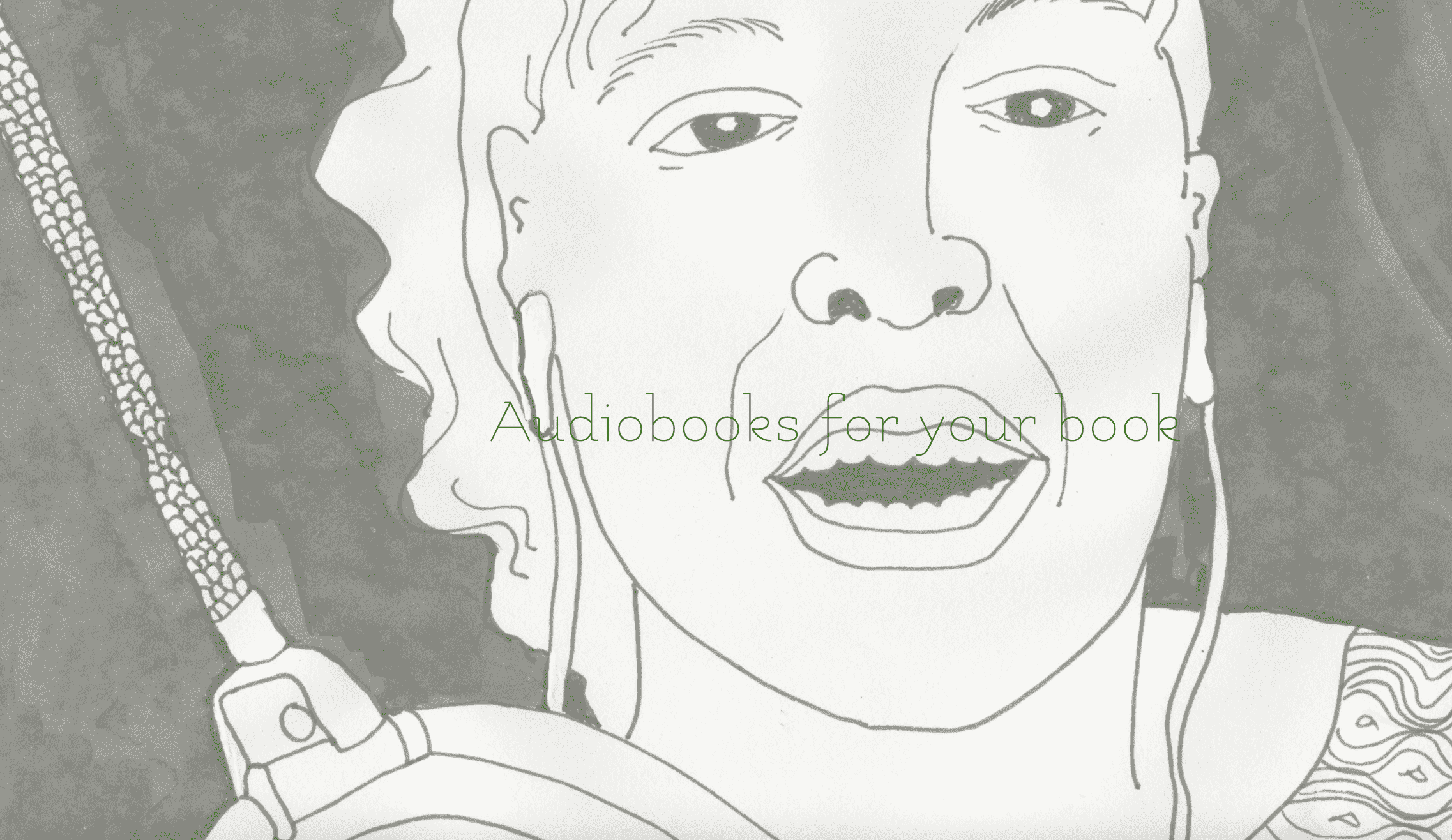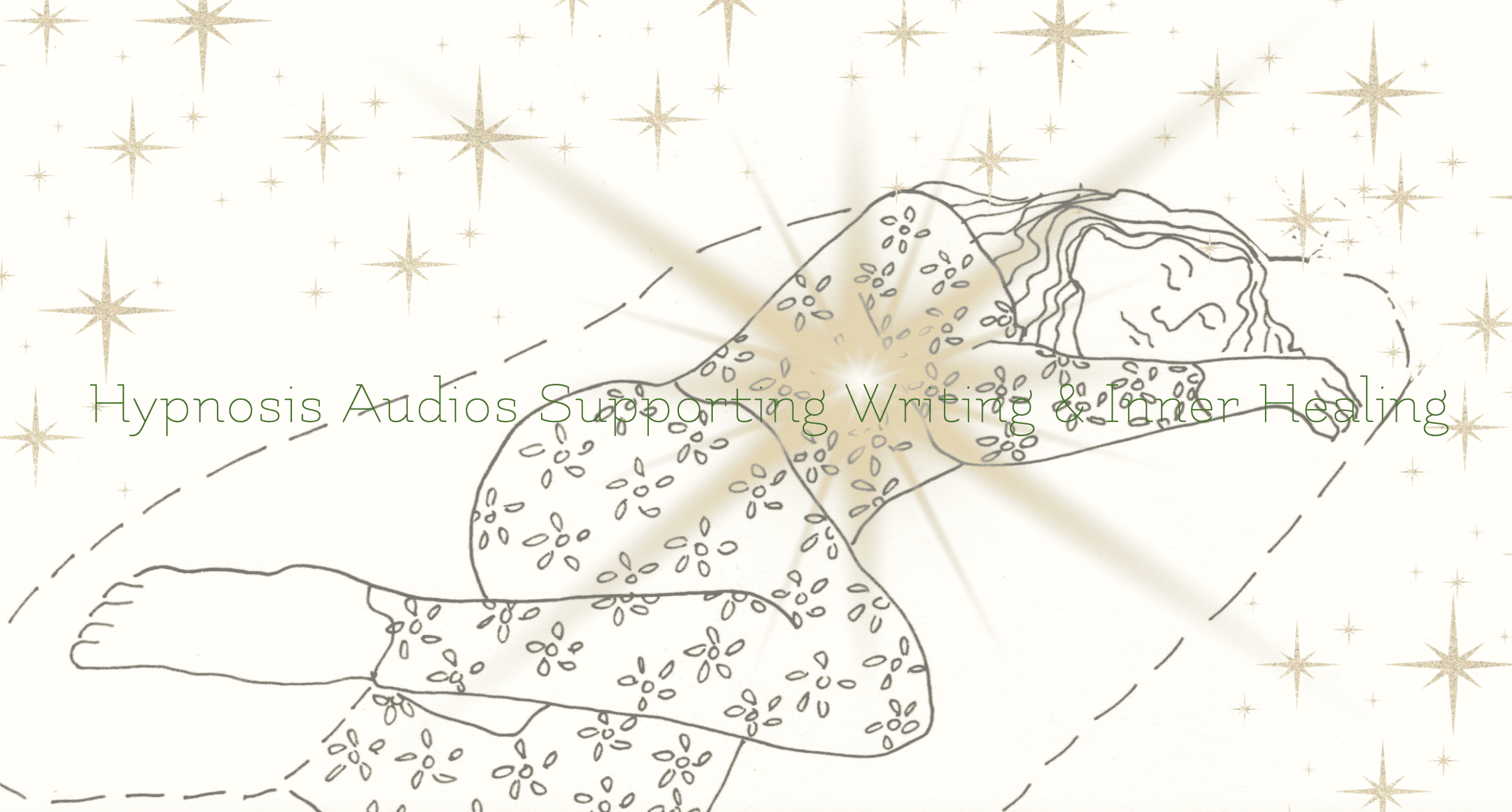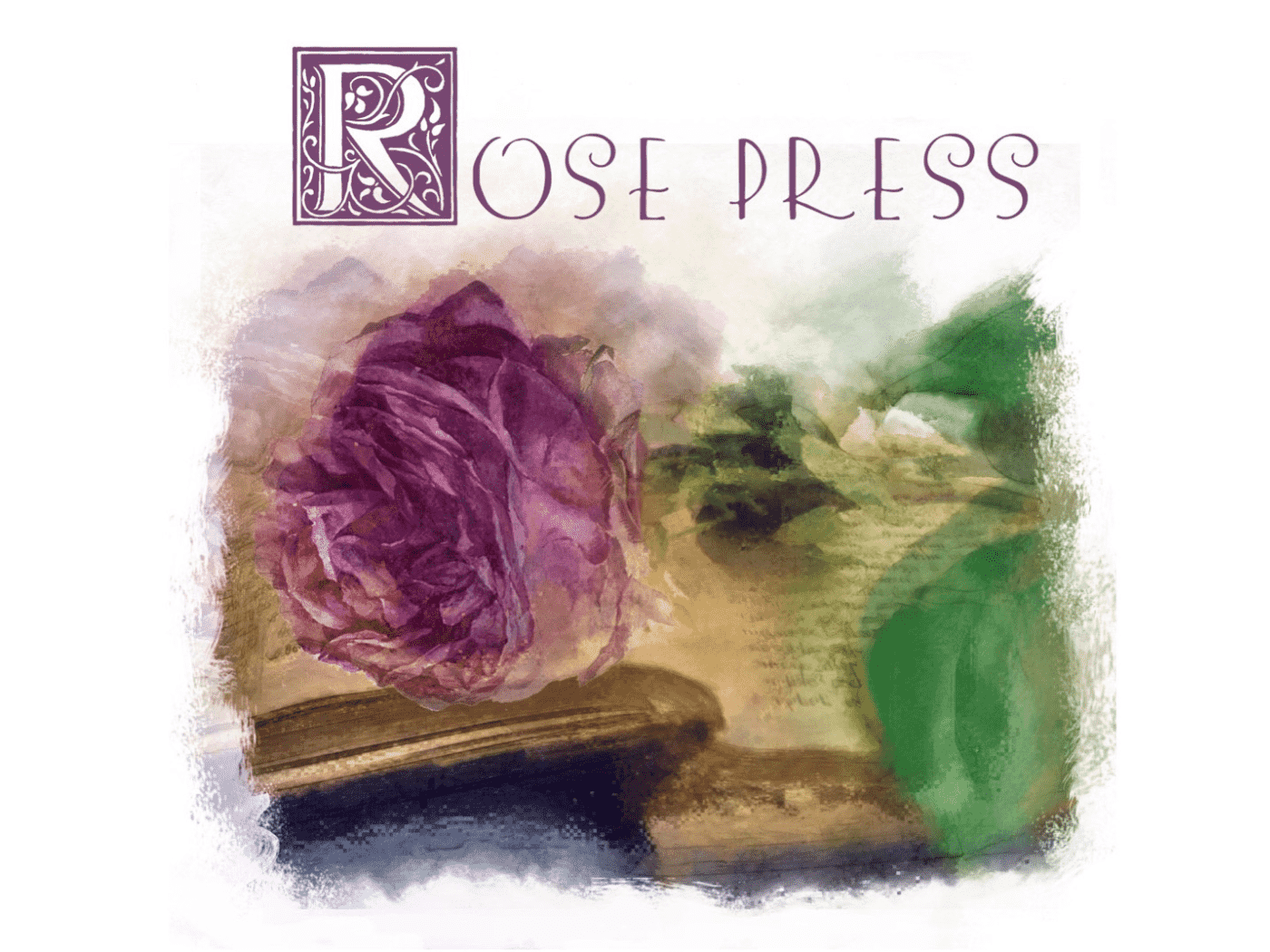Designing Your Writing Life and Practice, part 1 of 2
/How Is A Writing Practice Like Designing Clothing?
To me, there are just too many “shoulds” out there about how to write and how to have a writing practice. Not that each one may not have merit; but as soon as you have a prescribed way of writing – and of going about writing – what gets left out is you. It may well happen that, for example, the “butt-in-chair” school of “producing” writing can indeed result in written pages.
But what’s happening in you and for you, while the producing is taking place? And how do you feel afterwards?
To me, this is an “off the rack” way of going about writing. “Step 1: Do this, and you’ll get this result. Step 2: Do this and you’ll get this result.” While maybe you will get those results as a result of following these steps, if you haven’t checked into how well this formula fits for you, it’s an off-the-rack approach: you take the best of what others have come up with in their drive for efficiency of manufacturing and profitability. So the item of clothing may pucker a bit at the seams, and the hem may need to be taken up, and actually the fabric is a little more rough than you would like? That’s the price to pay. At least it’s accessible and affordable.
What If You Became the Designer?
However, what if you become the designer, as well as the maker? What if you design a writing practice that fits for you? That has your dimensions as its foundation, your preferences in timing, esthetics, sparkers of inspiration?
When I was a teenager, during a period where my family had very little money, I decided to learn to sew my own clothes. No one in my family sewed, so I set about to teach myself. While my early dresses and blouses were telltale home-made (puckering seams, buttonholes that didn’t always match the width of the buttons), over time I learned to simplify the tissue-paper patterns and substitute simpler maneuvers (set the sleeve into the shoulder without first basting it, for instance).
writing a book is a practice — and you can design your own writing practice
By the time we had more money and I could afford better-quality fabrics, I felt drawn to teach myself to design my own clothing. Sometimes I would take aspects from different patterns and piece them together—take a skirt from one pattern and a top from another, and put them together to form a dress. This felt creative, and it allowed me to bring my esthetics, my body’s actual shape, and my ability to make choices into the experience.
Years later, I taught myself to make up designs from scratch, using my own measurements and yards of brown butcher-paper to work out a made-for-me pattern. Whether the resulting outfit turned out perfectly or not (I still have a black tweed-like winter coat I designed and sewed that I love, whose thick woven fabric hides all my tucks, repairs, and other remedies to compensate for my mistakes), I loved what I had made “from scratch.” Not only did I feel beautiful and special when I wore it, but I also felt more like myself.
That’s when I realized I was a designer. I had been doing it all along. I just gave a name to it, retroactively.
I thought, for a long time, that my designing ability had to be limited to visual, hands-on creation, such as clothing, jewelry, drawing, painting. In each case, I would begin with some raw ingredients (e.g., beads, in the case of jewelry) or a faint idea of what I was hoping to move towards (e.g., “I want to do a drawing of…”), and then begin. Sometimes I had a clear idea at the start, and proceeded to create the manifestation using the ingredients I had chosen (“red-jade beads,” “a landscape,” etc.). But more often, I had only an idea-of-sorts at the start, and then let the process lead the way: “Oh, I love this blue – what if I put it in as the sky? Hmm, now it needs some darker blue to balance it. Well, I’ll just put some here….”
Creativity in One Area Is Translatable into Another
Only gradually did it dawn on me that the same creative abilities that showed up on one area of my life – e.g., designing clothing – could show up in other areas.
Because it’s not a matter of the specialty itself, but of the approach to it and the realizations that accompany it that let you translate what you can do in one field into another.
So, for me, the approach-and-realization of designing a drawing includes: I need it to be harmonious. The parts need to relate to the whole in a pleasing way.
The approach-and-realization of designing a piece of jewelry includes: I need it to have a central focal point, and beads whose color and shape please me. I need to put it together in a way that will continue to interest and please me (or the person I give it to) when it’s worn.
The approach-and-realization of designing a piece of clothing includes: I need it to be comfortable, look simple rather than fussy, perhaps be flowing, be in colors that match my skin tone and my spirit, have a texture that’s pleasing to the eye as well as to the touch, and — of course — fit me.
When I am the creator, I make room to reflect on what I need in order to please myself on the levels that matter to me. I don’t have the same level of design parameters for clothing that I don’t make myself. I’ll look for as many as possible when I shop ready-made. If I see a sweater with a little doodad on the front that I wouldn’t ordinarily choose, but if I really like the color and it fits, and it’s affordable, I’ll give it a try.
But making my own clothes – that’s a whole other arena. What I design needs to fit not only my body but also my esthetic, my sense of creative adventure, my desire for clothes that will look just as good on me in ten years as now. They need to look not just like they are for me, but also that they came from me. That I am at home with them. That I can recognize myself in them, even if in a whole new way.
When I am the creator, I make room to reflect on what I need in order to please myself on the levels that matter to me. I don’t have the same level of design parameters for clothing that I don’t make myself. I’ll look for as many as possible when I shop ready-made. If I see a sweater with a little doodad on the front that I wouldn’t ordinarily choose, but if I really like the color and it fits, and it’s affordable, I’ll give it a try.
But making my own clothes – that’s a whole other arena. What I design needs to fit not only my body but also my esthetic, my sense of creative adventure, my desire for clothes that will look just as good on me in ten years as now. They need to look not just like they are for me, but also that they came from me. That I am at home with them. That I can recognize myself in them, even if in a whole new way.
This is the end of Part 1 of “Designing Your Writing Life & Practice.” Click here to read Part 2.
CLICK HERE to return to the MAIN BLOG page.



